Text & Photos : Manjira Majumdar
No, the Chinese did not invent the game of Chinese Checkers; they have another version of the same game. And the only Chinaman that you may see today in Kolkata is during a cricket match at the Eden Gardens; when a bowler delivers a ‘chinaman’; an unorthodox delivery. But Kolkata’s connect with the Chinese goes back a long, long way. The bonds are deep and everlasting, only you have to re-discover the ties as you visit certain city pockets, which they made their second home.
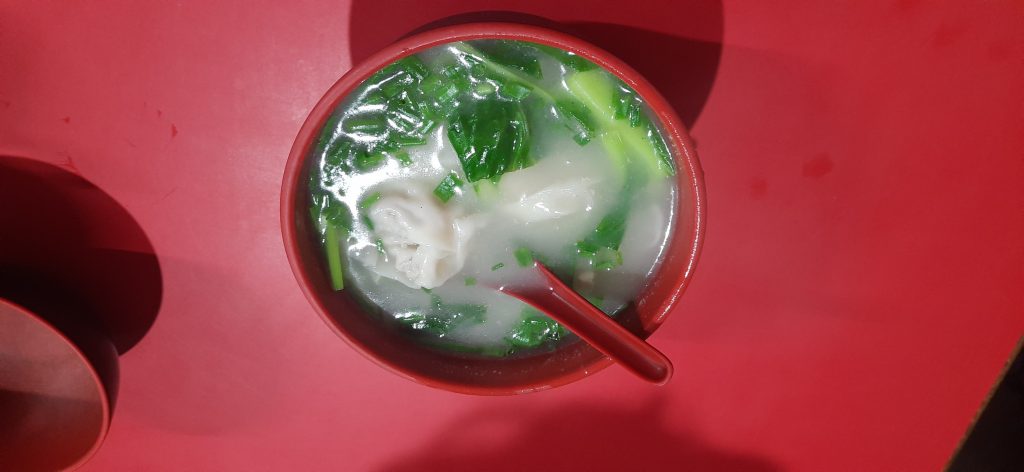
A tide of Chinese immigrants came to India in waves, mostly to Kolkata, over two hundred years back. Till the time they began to re-migrate, not to China but Canada, since the sixties and seventies. Today this dwindling Chinese population of the city is not to be confused with Chinese expatriates who belong to Mainland China and are working in Chinese companies in India.
The Chinese Indians of Kolkata
The first recorded Chinese in India was Tong Achew, a trader who landed near Budge Budge, near Kolkata in late 18th century. He was granted some land by the British on which he set up a sugarcane plantation in addition to a sugar factory. It is reported that he arranged for Chinese workers to work at both the land and factory. When Achew died, the workers moved to the city and founded other jobs.
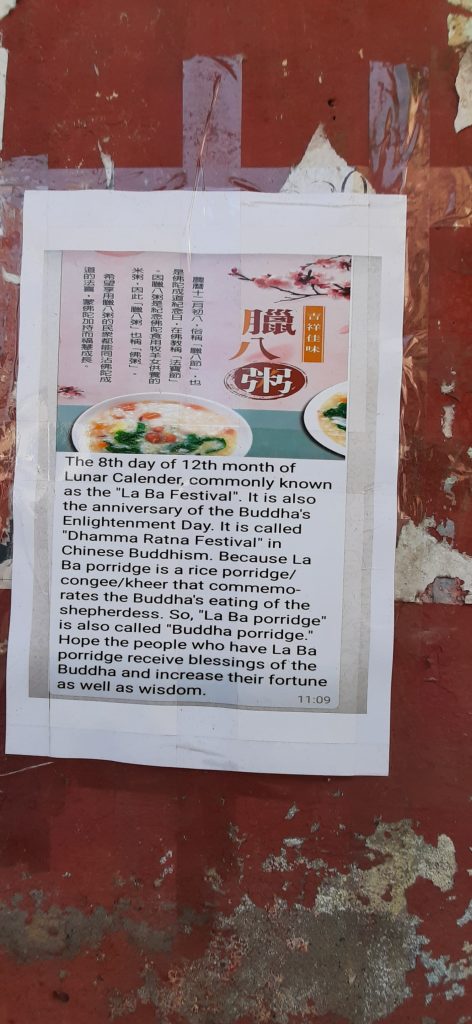
By then other Chinese immigrants had begun to arrive due to the sea route between the two countries being opened up to facilitate opium trade. A Parsee businessman displaying his antique blue Chinese porcelain vases had once informed me that due to trade and ships plying between the two ports of Calcutta and Shanghai, the ships took the goods from here while the empty ones from there brought back decorative items, ginger, jade and Chinese silks. These opened other avenues of trade and commerce. Chinese Indians today are located in basically two pockets in the city. One in central Kolkata and the other in the eastern part; what was once a fringe area of swamps and marshlands, known as Tangra.
This is the area where the leather tanneries began to be set up by the Chinese to cure dead leather and hand craft shoes. The shoes were sold through stores lined up along Bentinck Street, named after Lord Bentinck. It went right up to Chitpur Road, a fascinating road in itself and starts from the area known as Poddar Court region. This building acts as landmark for the business area that intersects with Dalhousie, the central business and administrative area with the northern part of the city, wending itself to Howrah, connected by the famous bridge.
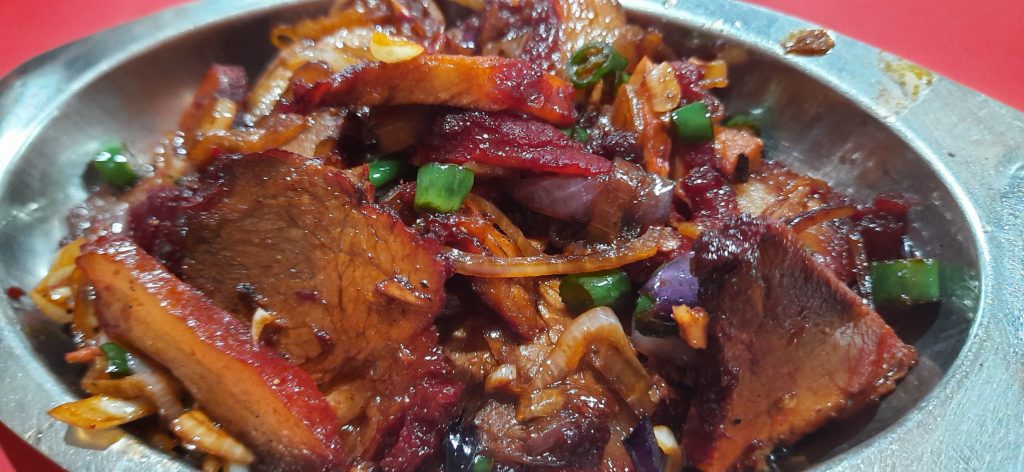
The Chinese became a strand in the tapestry that comprised other communities, adding to the cosmopolitanism of British Calcutta. They came from outside but stayed on, till they started to leave again for greener pastures after the country’s independence. A huge chunk of these communities were made up by Baghdadi Jews, Armenians and several Muslim communities who migrated to Pakistan – East and West. The Chinese community pursued professions according to the district they belonged to back home; the Hakka community was in majority and they mostly set up restaurants and beauty parlours. The Cantonese, also known for their cuisine, set up small sauce and noodles factories, the two staples items in their diet. Tanneries, dentistry, carpenters, laundry and acupuncture specialists were the other areas they specialised in.
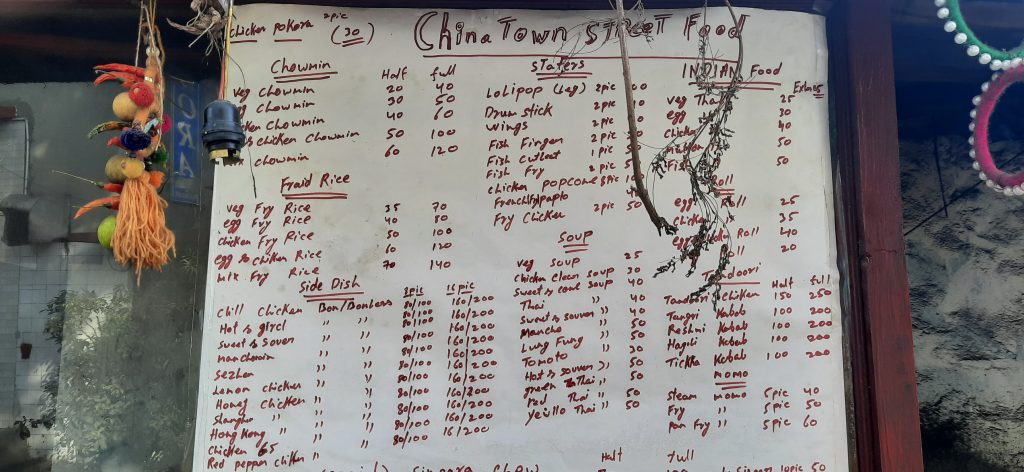
The past and the present
So what was the Chinese culture like and how did they live their lives in a city far away from home where the weather, staples like rice and fish were familiar, but not much anything else, especially the language. Often words like Ching Chang were rudely used at them by the locals who found them so different in looks.
But within the ‘Chini’ locality they felt safe. In fact, during the opium trade between India and China, it was whispered there were opium dens within the dark alleys of China Town, often figuring in books written around crime and detection. But to the people of Kolkata, the Chinese represented their wonderful light cuisine, hair stylists and hand crafted shoes. Long before Jimmy Choo ruled the fashionable international shoe market, Kolkata had its long rows of shops selling fashionable shoes for men and women; some of these located inside New Market were the preferred choice of the fashionable Anglo-Indians and anglicised Indian women. (Use as highlight) Growing among a Chinese neighbourhood, I remember Mr. Wong who owned ‘Athat Shoes’ telling us that Rabindranath Tagore and Sir Ashutosh Mookerjee patronised his shop! There were other shops, with names such as JenKee, D’Sheen and Kowloon. Gradually they lost out to competition against better brands.
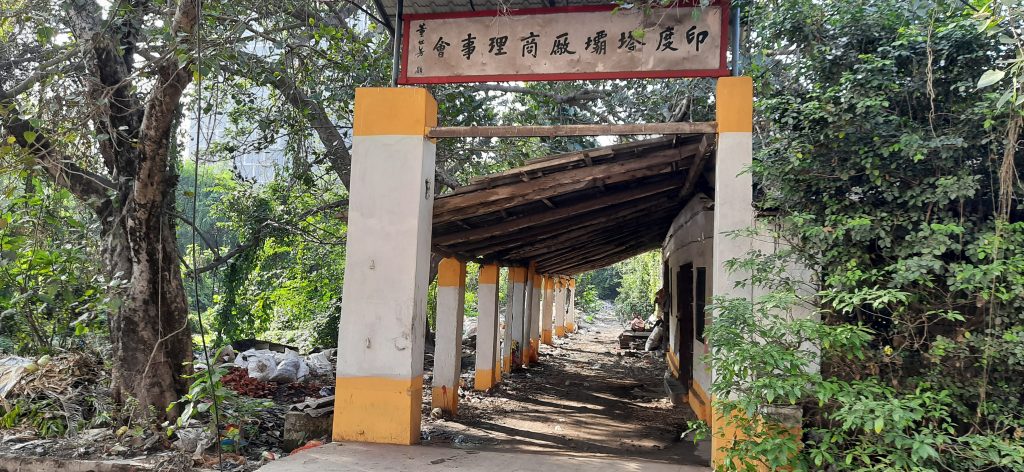
A walk through the famous Tiretti Bazaar and China Town helped us in connecting the dots of the past Chinese with the present population. The Bazaar was named after Edward Tiretti, who was an Italian working with the East India Company. Hours before the area comes alive with office goers, businessmen, and policemen trying to grapple with chaotic swirling traffic, the Chinese men and women, of whom a very small number is left, set up rickety tables while Chinese women in their traditional mamasam literally meaning mummy’s dress, a functional trouser suit, (the cheongsam being the more formal gown with a slit one side) spread their lovingly prepared homemade delicacies on these. Steaming dim sums and other Chinese snacks, very moderately priced, are on offer. Breakfast over, many non-Chinese shop around for exotic vegetables like the small red Chinese cabbage or tightly packed hum choi or pak choi leaves; sometimes dried in the sun.
Extremely resourceful, the Chinese flourished in areas they have traditionally been very good at; namely skills they could fall back upon in a foreign country. Calcutta Chinese cuisine was considered something you had to taste on a visit. Served in spartan surroundings or plush interiors of figures of smoking dragons and laughing Buddha, the business was on top of the list. Our visits to central Kolkata revealed only a smattering of Chinese-owned restaurants. In Tangra, however, there are more restaurants because the Government’s pollution control notified them to vacate the tanneries to a place that is more outskirt. The reason being the effluents from the chemicals to treat tanneries pollute the area, more so as the area is being devoured by land sharks. Several tannery owners opened up restaurants.
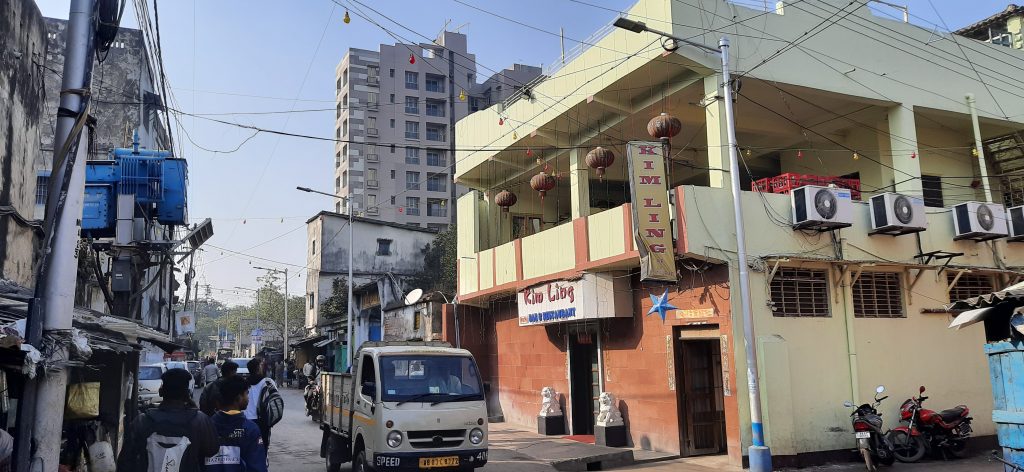
In hybridised forms, Indo-Chinese cuisine is the community’s legacy – sold from roadside kiosk and multi cuisine restaurants across the country incorporating the use of rice, noodles, stir fried vegetables and crispy meat. Of all school of cooking, Szechwan is said to be the spiciest. Settlers in the city Chinese China Town swear by the Cantonese preparations, whereas the Hakka cuisine is predominant in Tangra China Town though we can always order and eat a mix and match platter. The Chinese Chimney soup comes closest to the Mongolian and Vietnamese hotpot.
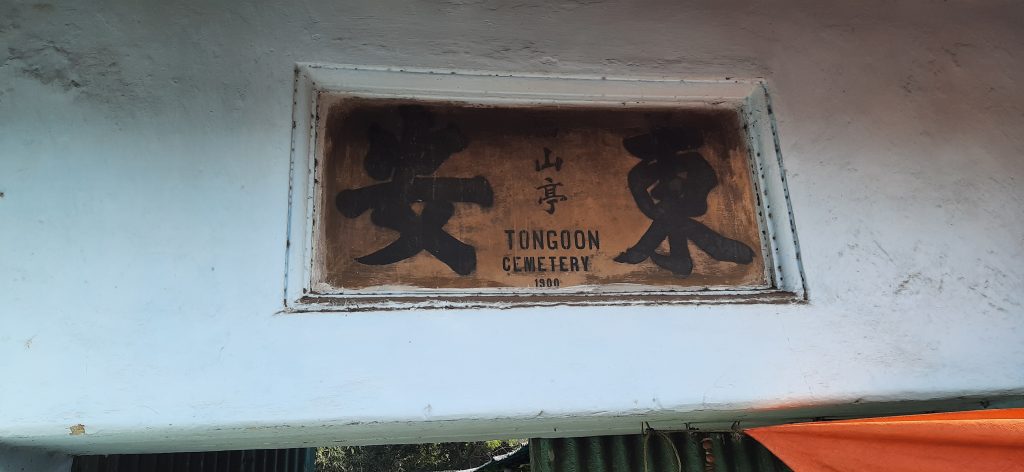
The famous Chattuwalla Gali in central Chinatown, which once throbbed with a Chinese way of life, is today missing. A Chinese newspaper published by one C.J Chen, catering to the community, was published from here. A little away at Dharamtalla was Grace Ling Liang Chinese school (now shut) and Chung Wah restaurant (now no longer Chinese-owned), with further up on Park Street was Peiping restaurant. Today we caught a glimpse of a store selling various Chinese sauces, and a shoe shop (see picture) in addition to a Chinese church or temple.
On the other hand, our walk through Tangra Chinatown revealed glimpses of Chinese houses and the famous Chinese Kali Mandir. Herein is a history within history. Originally Buddhists, the Chinese put their children into a Chinese school during their earlier years, but were later admitted to Christian missionary schools as they converted to Christianity, taking Christian names. But interestingly, they also worship goddess Kali, besides Chinese gods and goddesses, offering noodles as prasad.
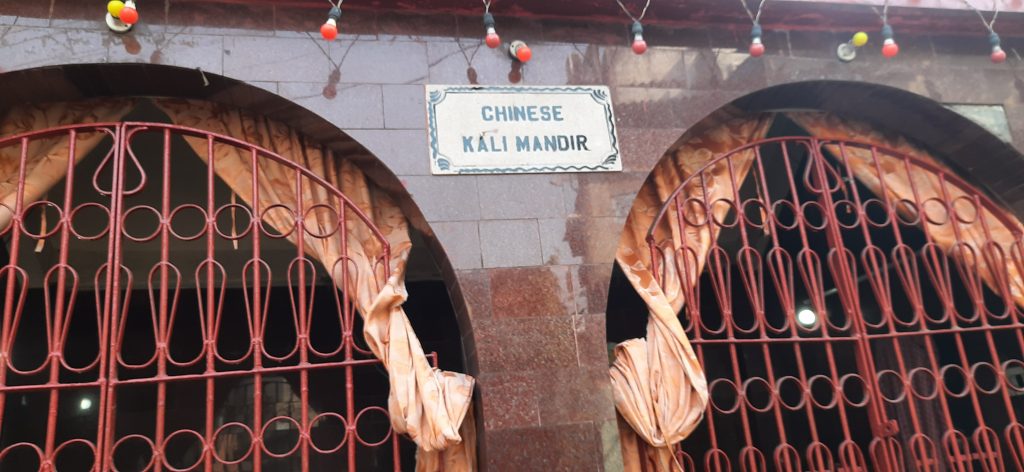
The Chinese New Year celebrations
We spotted a few leather factories or tanneries, a cemetery and several buildings with Chinese names. Some interesting bits and pieces of Chinese life were noticeable though no Chinese wanted to be photographed. The area comes alive during the Chinese New Year in February, when the city joins them in feasting on many Chinese delicacies. No article, on the Chinese is complete without the mention of the Chinese New Year when the whole city celebrates as it were.
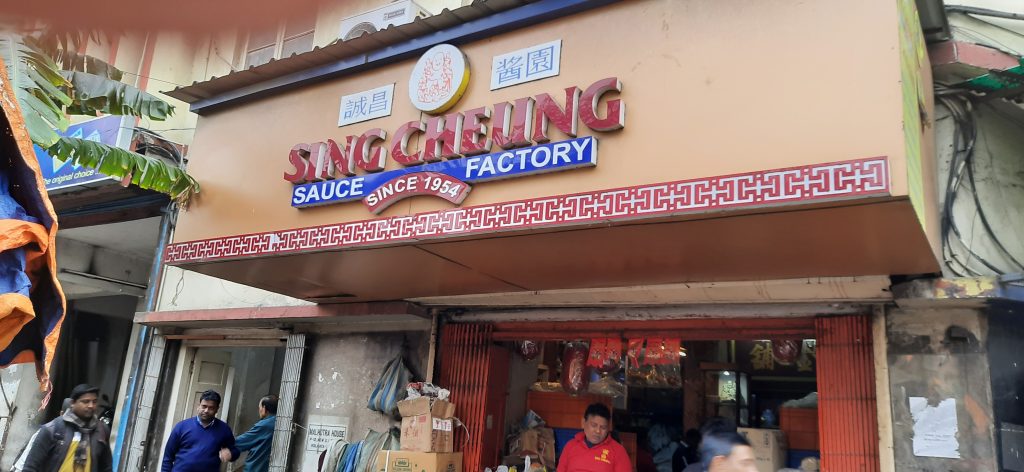
Chinese New Year is elaborate but is now restricted to a few days only. In the past, it lasted for a week. It comes with a pre-requisite of cleaning homes and appeasing the kitchen god who is said to go up to Heaven prior to the festival, and report to the Jade Emperor about each home. He is symbolically offered sticky sweet things, so that he will have only flattering things to say. Chinese women stayed up late nights preparing ma faa, the Chinese confectionary made with flour, sugar and eggs and dipped in colour. Never was a festival so full of colour, sound and taste. Big red candles are lit and offered along with the food, as joss sticks are burnt to appease the gods.
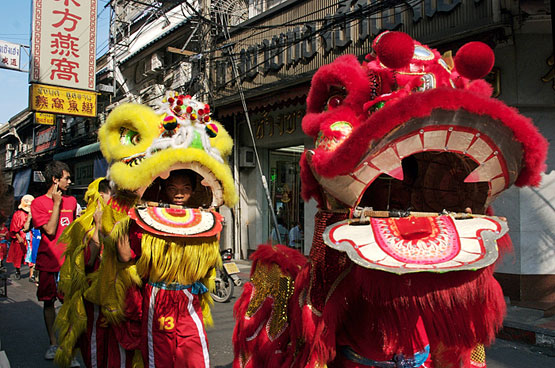
The famous dragon dance happens on the day of the New Year, usually in February. The dragon is a bit of a misnomer for lion masks are usually used for this dragon dance, which is a symbolic way of depicting the triumph of the good over evil. The lion masks are considered auspicious and are also used in other auspicious events in Chinese dominated countries. In Kolkata it dances only once during the Chinese New Year, when China Town in Tangra is illuminated.
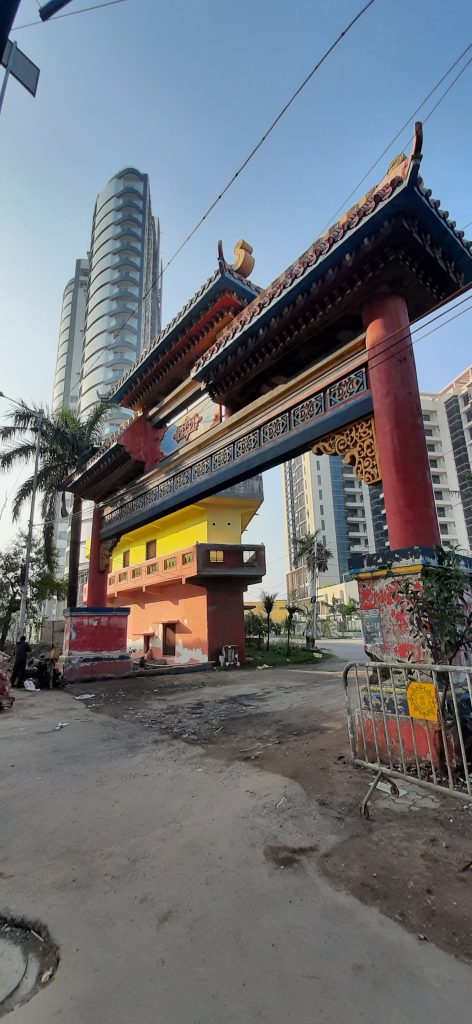
Known as mausee, these masks are exquisitely hand crafted by young Chinese men inside Chinese schools months before the New Year. It has an elaborate colourful head that comes with a long trail, which is really the tail, made of paper, bits of cloth, wool, lacquer and bright paints. Two young men get beneath the costume of this head and the tail respectively and sway to the beat of drums carved out of wood, played to the rhythm of a gong and cymbals. Legend has it that it was a beast – nien – that came down from the mountains to prey on the people of the plains of China. It was frightened away by the colour red and the noise made by the villagers by beating on their pots and pans.
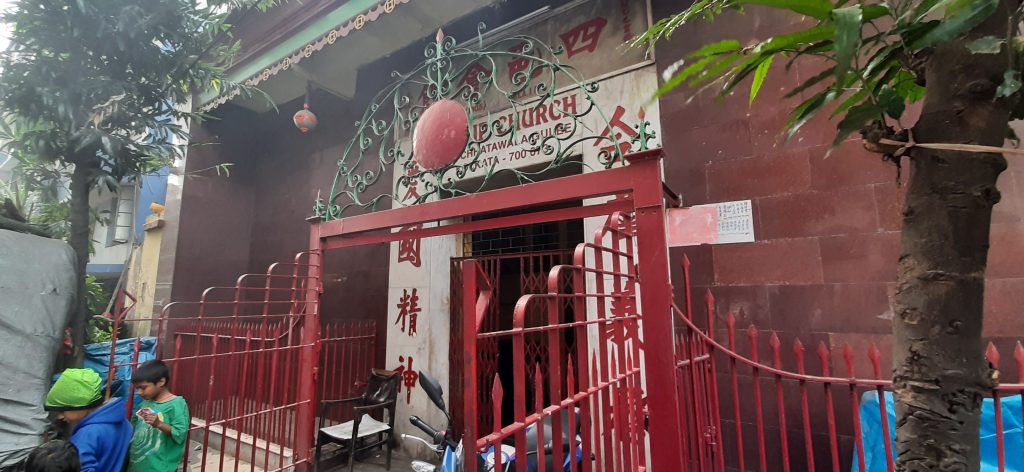
The Chinese kept within their own community as is usually the case with any immigrant community, except in schools and for business transactions. They functioned through their associations, their clubs and their own hand-produced newspaper; their local representatives maintaining close government contacts.
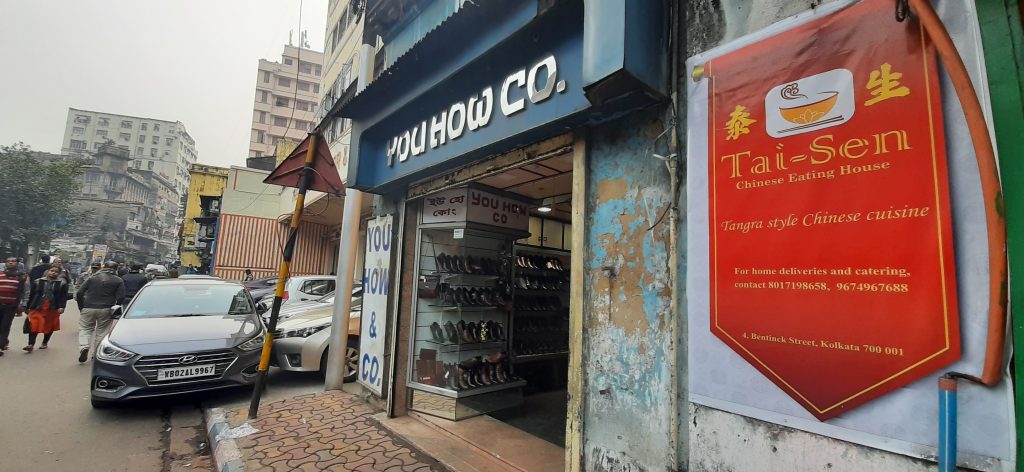
It has not always been a smooth ride for them. But the city can, however, rightly claim to have offered them refuge when they needed it; many of us remember them with fond nostalgia now that they are mostly gone. China as a country has taken great strides towards modernity and progress. The Chinese overseas community is well connected and active, with many elders making a trip back to their ancestral land, something they could never have imagined even a couple of decades back.
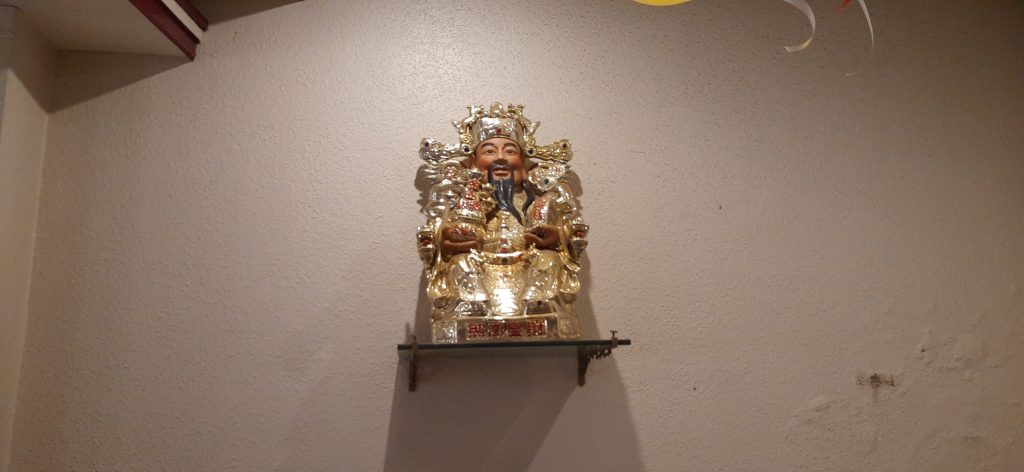
According to a feature in The Telegraph on November 3, 2019, “They (Chinese) are dwindling in number. There are 2,000 to 2,500 of them in the city today. Half a century ago the number was double that. Half a century on will there be any Chinese left in this city? There’s a high chance they might vanish.” This according to Thomas Chen, a young Chinese still left in the city.
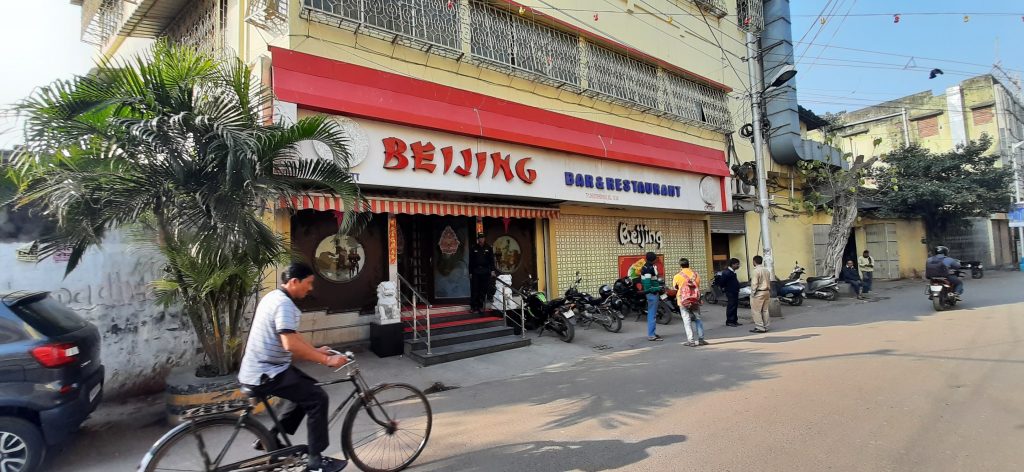
India’s ties with China have re-awakened various cultural interests. Durga Puja at a certain block in a township, adjacent to the city, replicated a pandal in keeping with a Chinese village in 2018. (picture). However, Achipur, a small suburb still exists in Budge Budge, with a memorial in the memory of the first recorded Chinese immigrant to the city. Come February and Chinese New Year, whoever is left in the city will perhaps pay their respects, with peanuts, oranges and red candles to Achew.


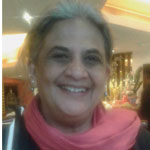 [/column]
[/column]